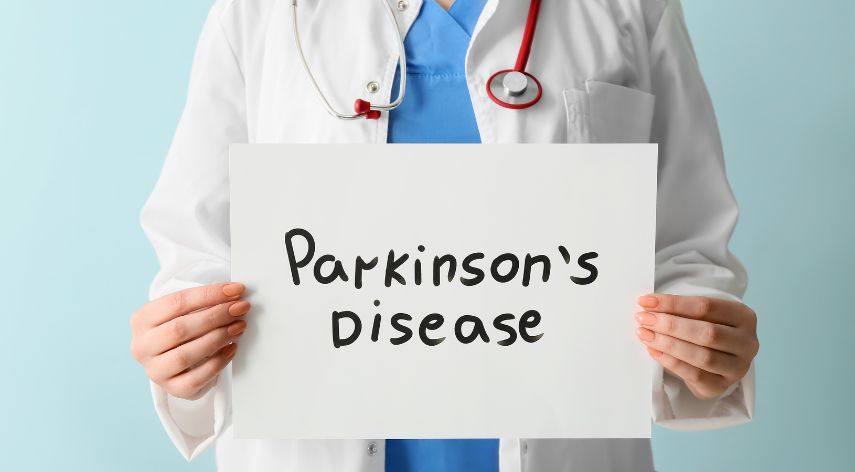The Science Behind Addiction Relapse

The path from addiction happens over a long period. Unfortunately, relapse is part of that process. Around 40% to 60% of all people who are treated for an addiction will end up relapsing at some point.
Over time, relapsing into addiction is more likely to happen. This is due to the way your mind rewires itself and changes. The science behind addiction relapse happens in many ways.
So, why do people relapse?
To help you understand better, let’s take a look at the science behind addiction and why relapse is so common in this process.
Table of Contents
ToggleNeuroplasticity and Conditioning
Neuroplasticity is the brain’s capacity to adapt and modify neural connections due to new experiences and learning. This adaptation to stimuli in an addict’s environment can lead to an increased vulnerability to relapse in recovery.
With conditioning, addiction-associated activities, people, and cues become familiar and can also serve as triggers for relapse. Through repeated exposure, the addict’s behaviors are reinforced, and their reward pathways are strengthened. This creates further susceptibility to a relapse.
With this in mind, specialized addiction programs need to focus on providing addiction patients with the needed skills and insight. This is done to effectively combat both neuroplasticity and conditioning to ensure a successful recovery.
Cue-Induced Craving
When a person with an addiction is triggered by a cue in their environment, such as an image, memory, or people related to the addiction, they experience a craving to engage in the addictive behavior. These cravings are the result of a combination of:
- dopamine
- stress hormones
- cortisol
These of which create a powerful physiological response strong enough to override rational thinking. When an addicted individual is confronted with a cue, even if it’s a cue they experienced in the past, the neurological and physical response can be enough to send them spiraling toward relapse.
Dopamine Dysregulation
Due to the role of dopamine in reward-seeking behavior, individuals suffering from an addiction often suffer from dopamine dysregulation. In other words, they are much more likely to relapse when presented with a drug of choice. This is even if they are trying to maintain sobriety.
This is because their dopamine system is hypersensitive when exposed to the drug. Thus resulting in a rush of dopamine and a powerful positive reinforcement. This difference in dopamine levels leads to a greater chance of relapse and the inability to form new plans of action to combat the urge to relapse.
Stress and Negative Emotions
Stress can trigger the release of hormones, such as cortisol, which can produce feelings of anxiety and strong cravings. Not only that, but the feeling of hopelessness created by stress may lead an addict to see a relapse as the only escape.
A patient’s negative emotions can lead to addiction relapse, either because these emotions trigger increased drug and alcohol use or because they distract from the patient’s recovery. If a patient is experiencing this, they should get help as much as possible from this men’s recovery center in Atlanta or any reputable one.
Understand the Science: Why Do People Relapse?
So, why do people relapse? Addiction relapse can be a difficult process. With science, we can better understand why addiction relapse occurs and how it can potentially be prevented.
It is important to remember that relapse should not be viewed as a failure or sign of weakness. It should be viewed rather as a sign that the individual needs more support and resources to continue on their recovery journey.
If you or someone you know is showing warning signs of relapse, do not hesitate to seek help.
Visit our blog for more!
Biplab Chakraborty is a dynamic Digital Marketing specialist with a passion for driving online success. With a keen understanding of market trends and a strategic approach, he excels in creating impactful digital campaigns. Biplab is dedicated to maximizing brand visibility and engagement through innovative digital strategies.
Recommended For You
Spread the loveAre you striving to lose weight without sacrificing your health? With weight loss advice seemingly coming from every
Spread the loveSeniors with Parkinson’s disease (PD) can lead satisfying lives, even though there is currently no cure for the
Spread the loveHave you ever stumbled upon an IP address that seems to be shrouded in mystery? One such enigmatic





